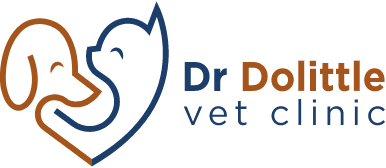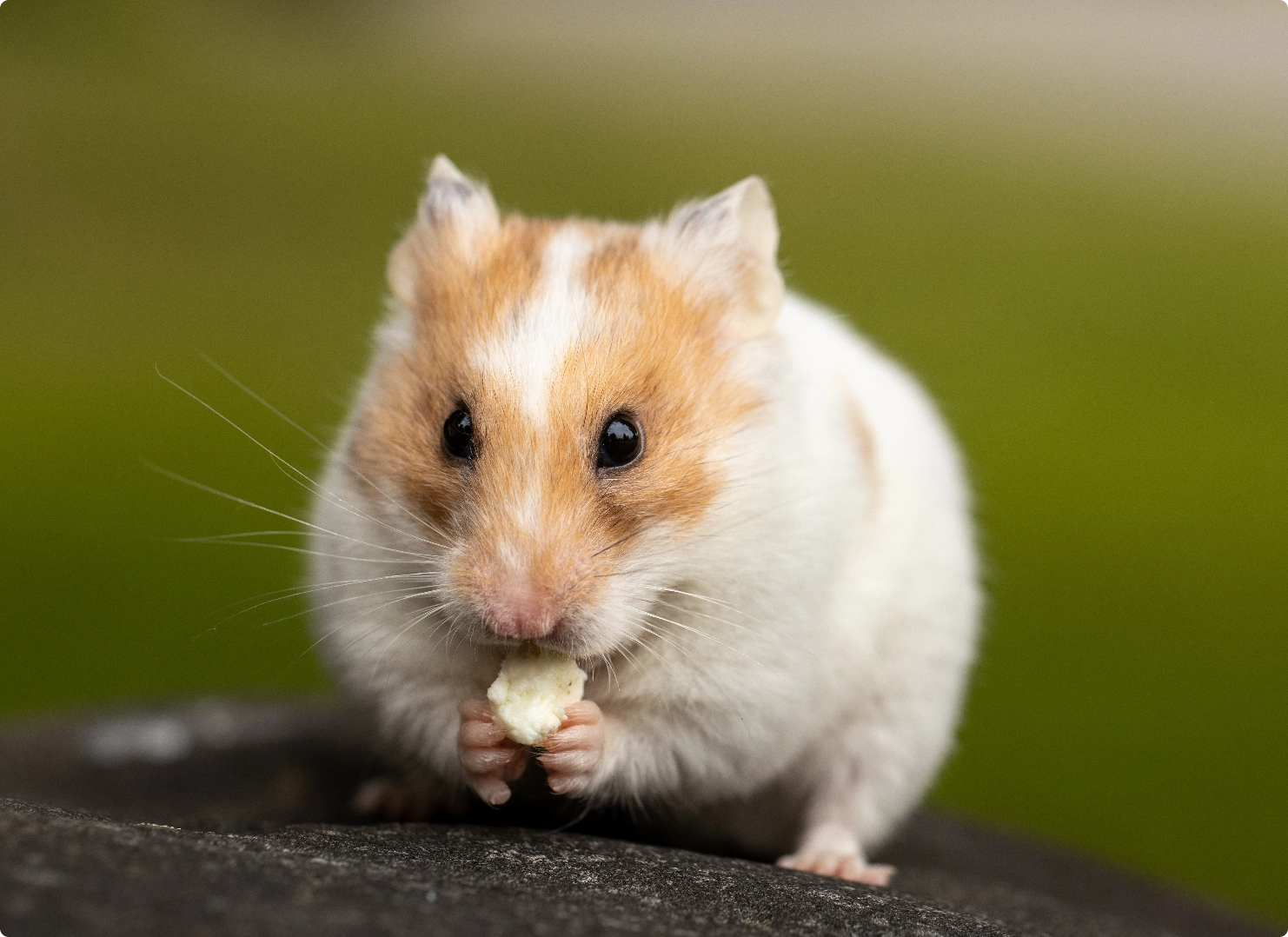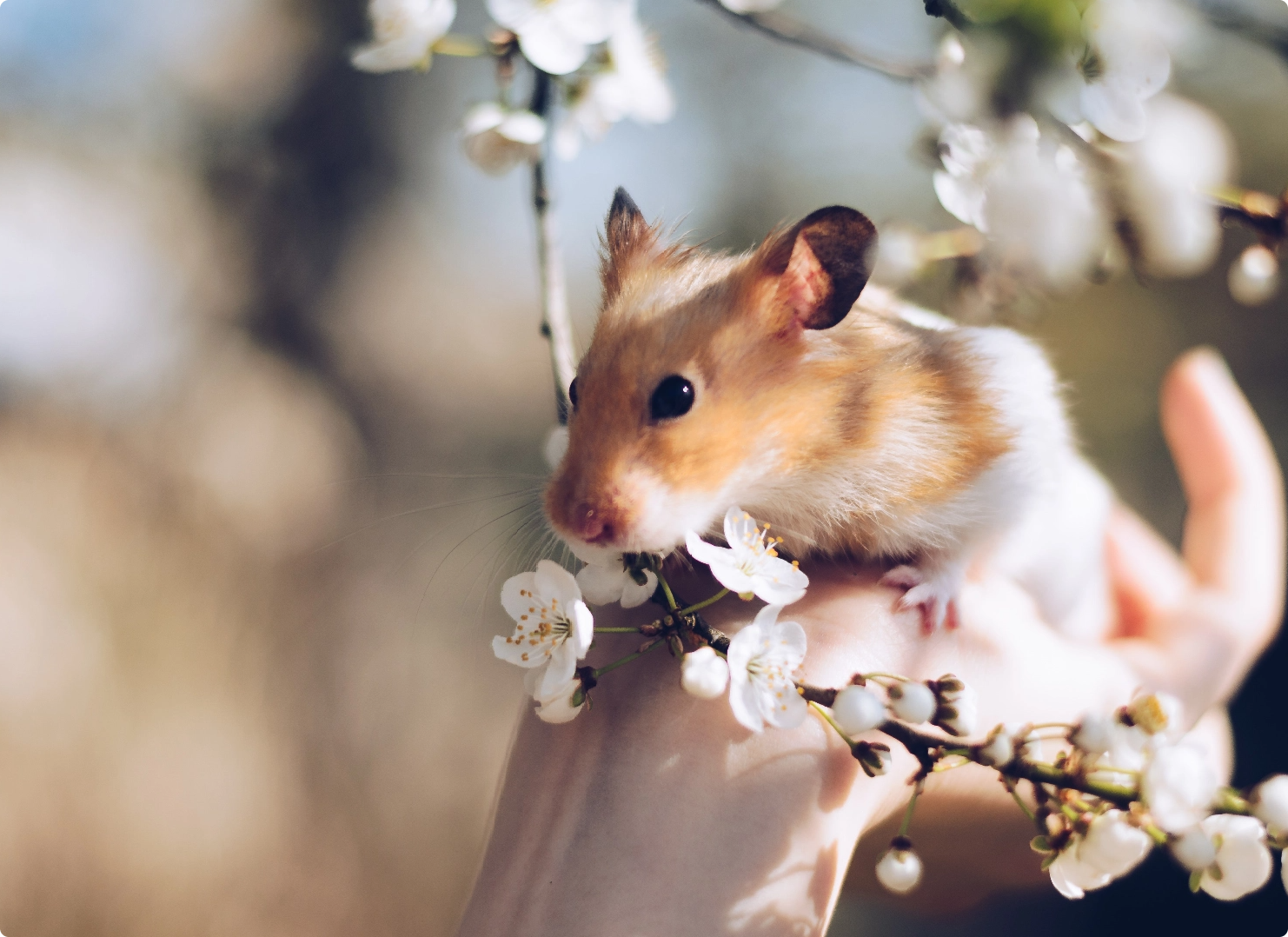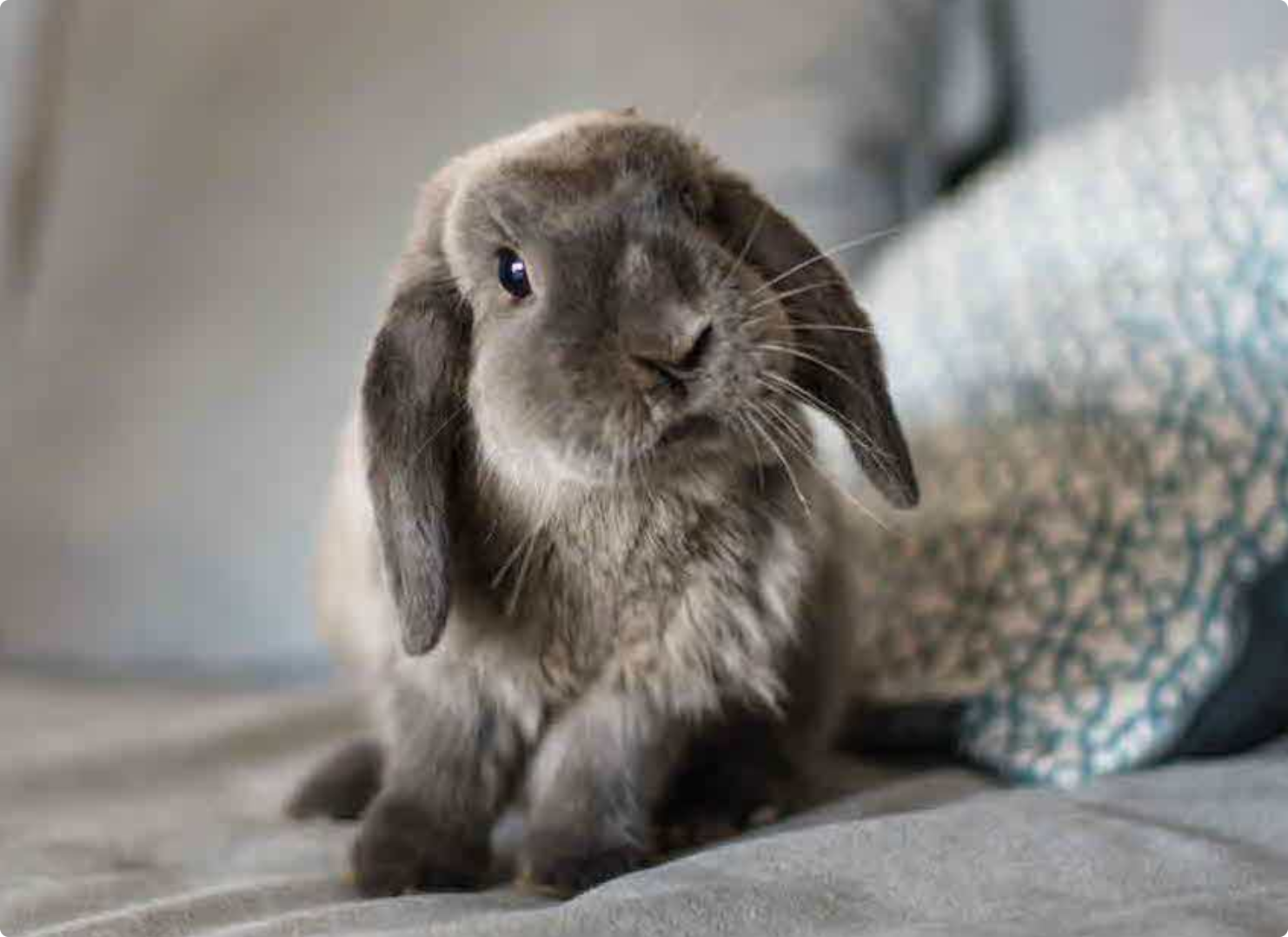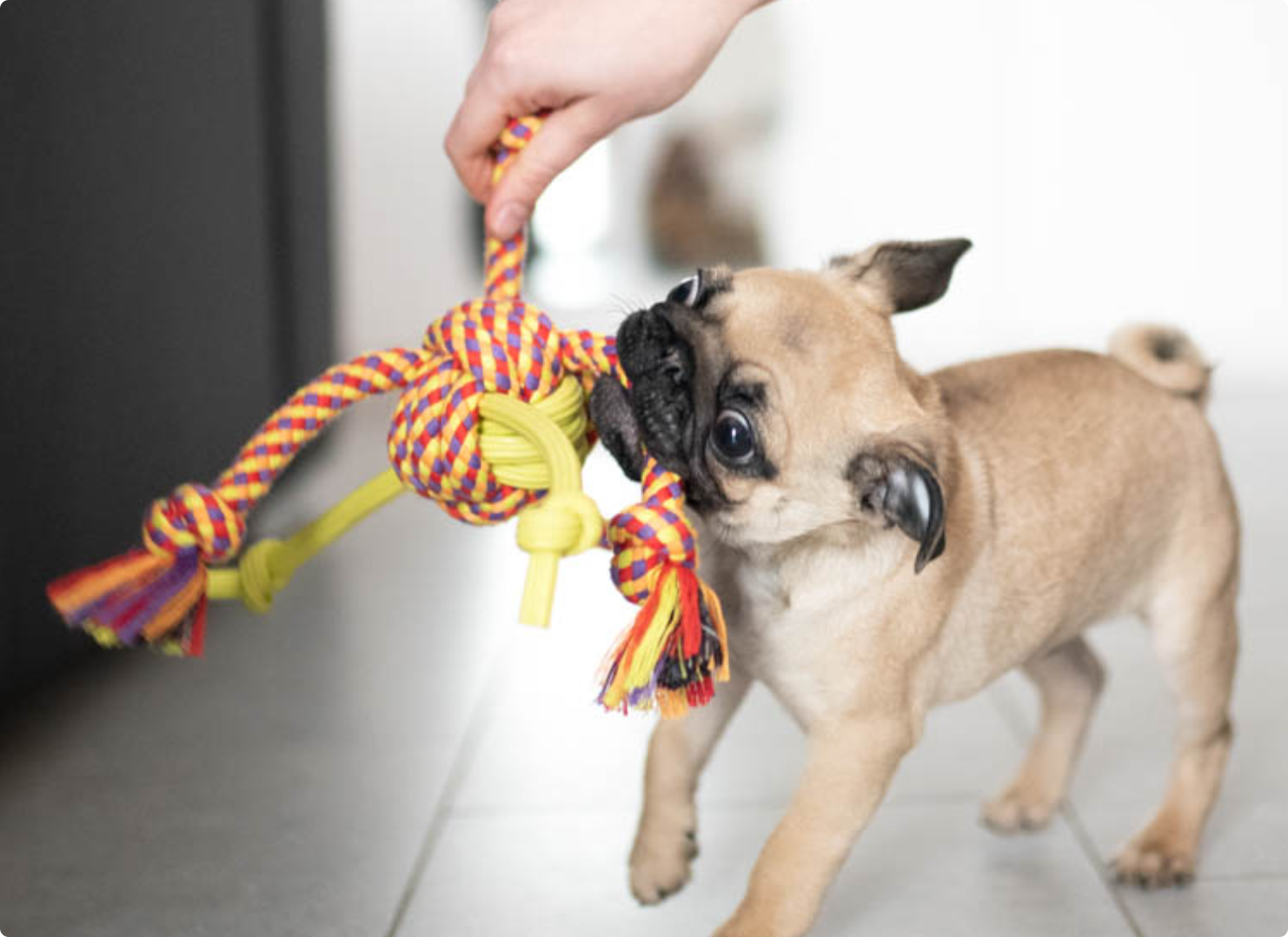
Playing With You Dog Is a Happy Rewarding Experience.



Playing With You Dog Is a Happy Rewarding Experience.
Why are play and exercise important?
Playing with people and other dogs provides the dog with some of it’s exercise requirements and social needs.
Insufficient exercise can contribute to problem behaviors including destructiveness (chewing and digging), investigative behavior (garbage raiding), hyperactivity, unruliness, excitability, attention-getting behaviors and even some barking.
Ways to Play With and Exercise My Puppy:
Walking your dog is a good way to accomplish exercise and can be enjoyable and healthy for you as well.
From an early age you should acclimate your puppy to a collar and leash.
Keep your puppy away from stray dogs and neighborhood parks until all puppy vaccinations are finished.
Training sessions are also an excellent way to gain owner leadership and control, while providing interactions between you and your pet.
How Much Exercise and Play Is Appropriate?
Selecting an appropriate amount and type of exercise depends on the dog, for example dog breeds that are bred for their stamina or to do “work” often have higher exercise requirements.
For purebred dogs, consider their traditional work when deciding the type and amount of play to provide.
The length and type of play and exercise for your dog will also depend on its behavioral requirements and health limitations, while some dogs may still be ready for more after a five-mile jog and a game of fetch, others may be tired and satisfied after a short walk around the block.
What Type Of Play Should Be Avoided?
Try to avoid games that pit your puppy’s strength against your strength.
Tug-of-war helps to direct chewing toward an acceptable play object rather than an owner’s hands or clothing. However, some puppies get overstimulated and become far too aggressive during these games.
Teaching the dog to “leave it” on command can help ensure you remain in control of object play sessions.
Games like chase are good exercise, but they can often result in wild exuberant play that gets out of control.
A general rule of thumb for these games is to avoid them, unless you initiate the game and are capable of stopping it immediately should it get out of control.
How Can I Teach My Puppy to Play Fetch?
You will need to train your puppy to do three things: get the toy, bring it back, and give it to you so you can throw it again.
First, make the toy enticing (squeaky toy or ball). Toss the toy 1-2 feet and encourage your puppy to go to it. When your puppy gets there, praise them. If they pick it up in their mouth, tell them “good dog.” Then, move backwards a short way, clap your hands and entice your puppy to come towards you using a happy tone of voice.
When your puppy returns to you, say “give it” and show another toy or a small food treat, most puppies will gladly give the toy to get the new toy or treat and at the same time will quickly learn the “give it” command.
Then, by repeating these steps, the game of fetch itself should soon be enough of a reward that food and toys will no longer be necessary to entice the puppy to give the toy.
What Is the Best Way To Train My Dog?
The best way to train your pet is through the proper use of positive reinforcement, rewards and punishment.
You need to understand which to use and when, how to use them and what will happen if they are improperly used.
With training you want your pet to “learn” the proper task and/or behavior.
